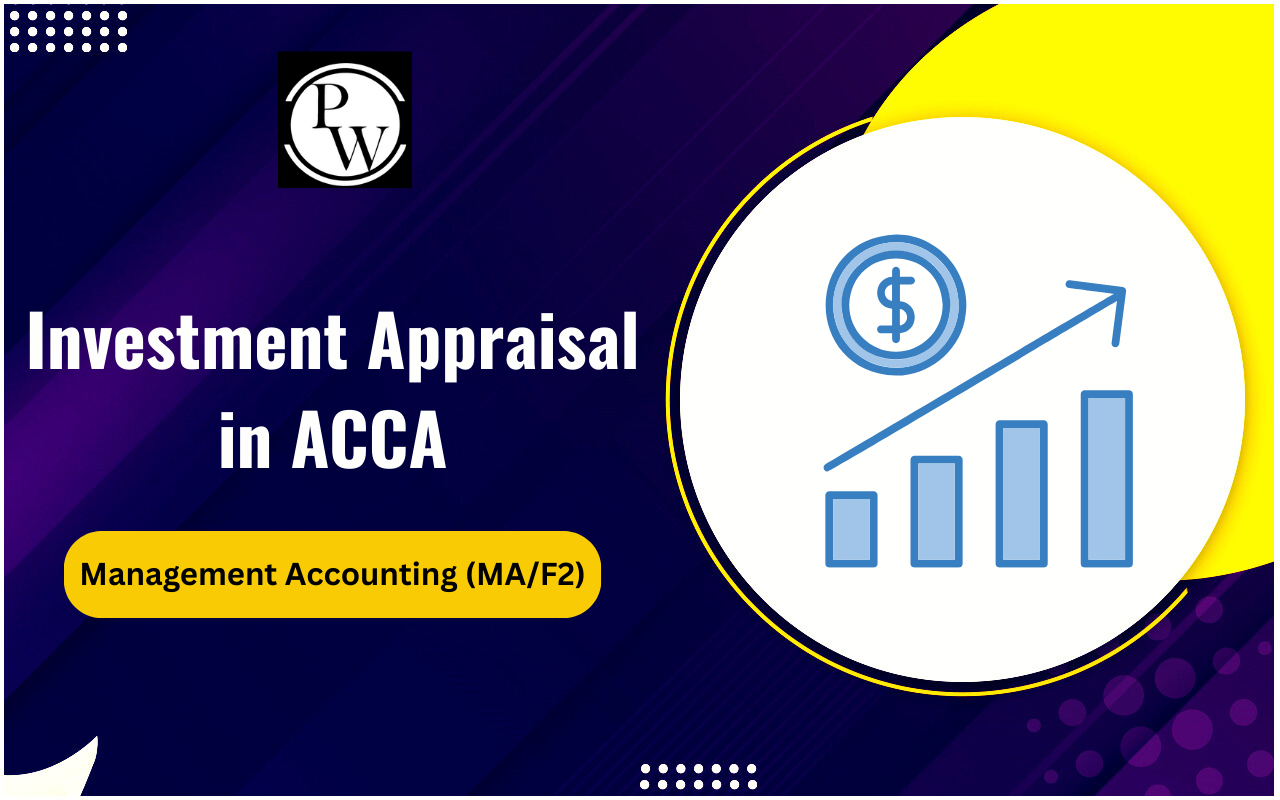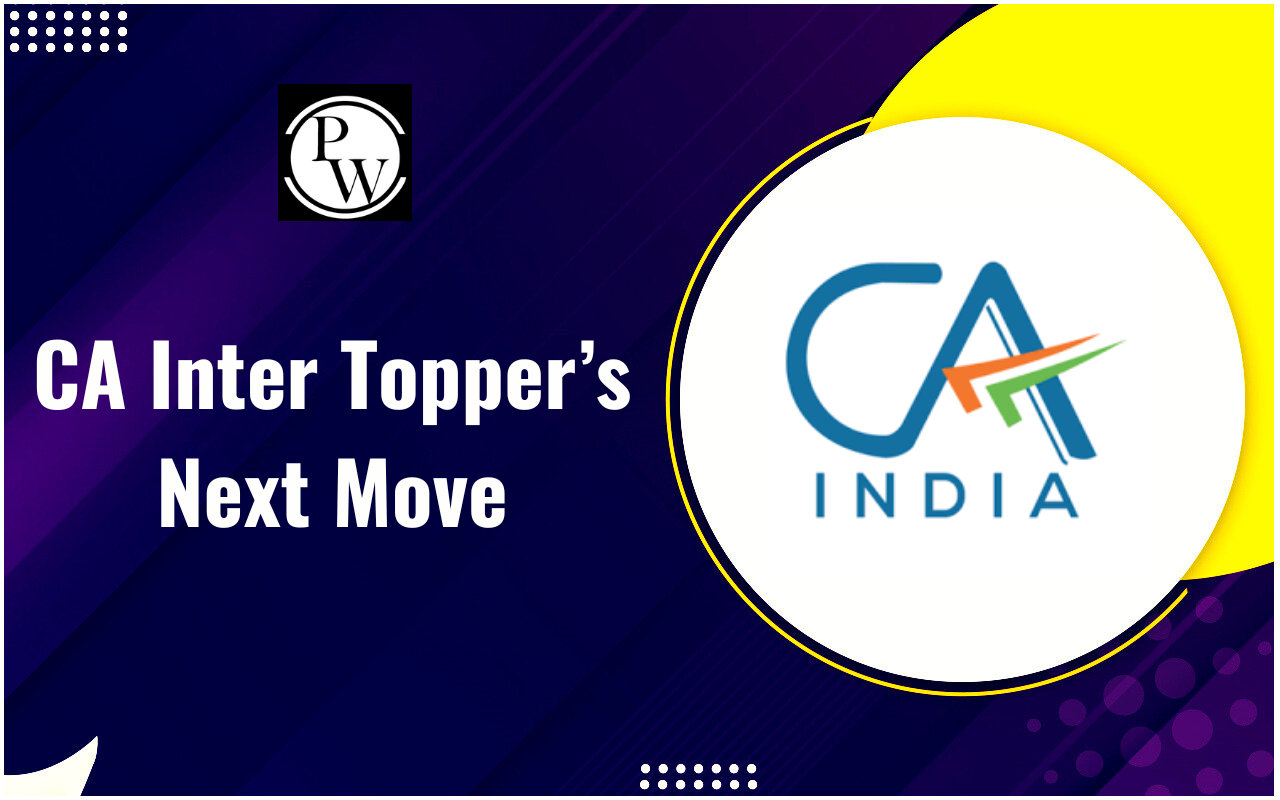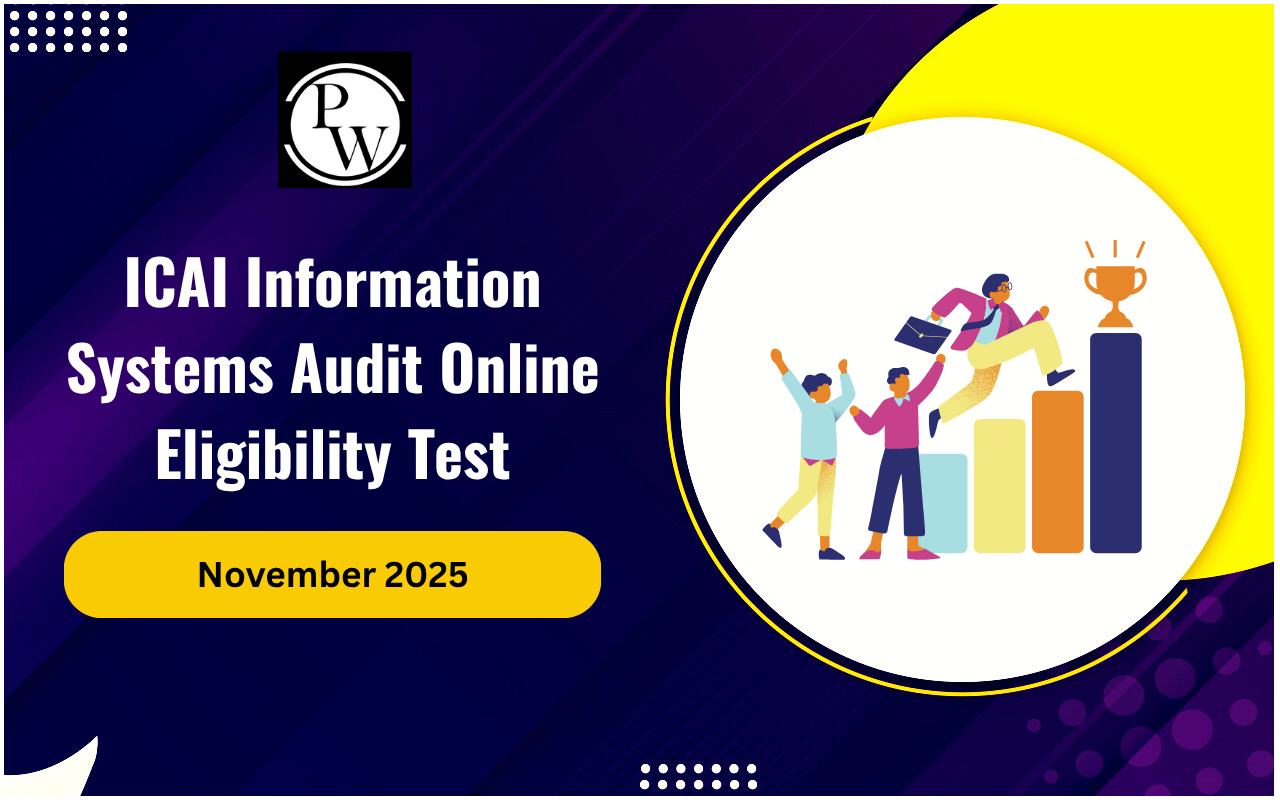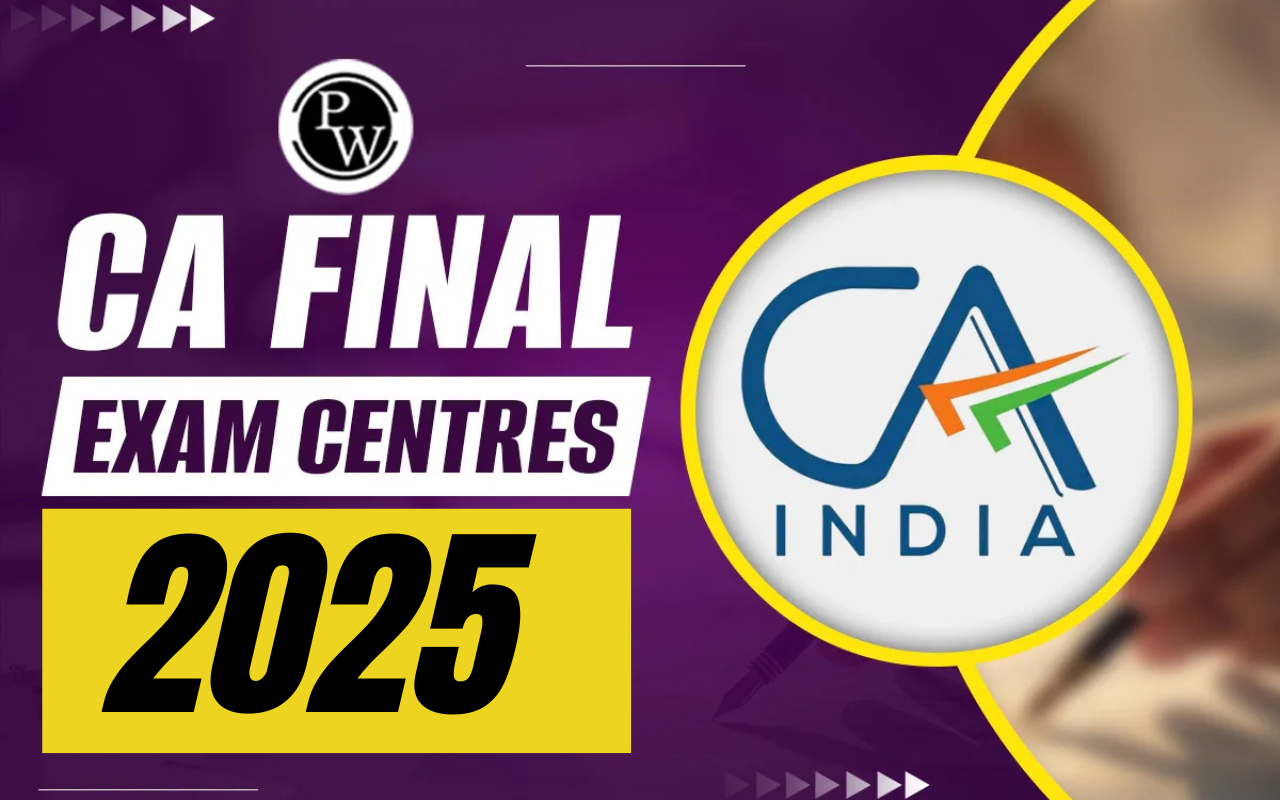
Accounting is the language of business, and transparency in financial reporting is crucial for building trust among stakeholders. Presentation & Disclosures Based Accounting Standards play a vital role in ensuring that financial statements provide clear, comprehensive, and comparable information. These standards guide how financial data should be presented and what disclosures must be made to ensure that users of financial statements, including investors, regulators, and auditors, can make informed decisions.
For CA Exams, mastering Presentation & Disclosures Based Accounting Standards is essential for understanding how financial statements should be structured, what information must be disclosed, and how to maintain compliance with regulatory frameworks.
What Are Presentation & Disclosures Based Accounting Standards?
Presentation & Disclosures Based Accounting Standards refer to the principles and guidelines that dictate how financial information should be displayed in financial statements. These standards ensure that financial reports are not just numbers on a page but a well-structured narrative that communicates a company’s financial health transparently.
They establish rules regarding the classification, format, and content of financial statements, including the balance sheet, income statement, cash flow statement, and notes to accounts. The disclosures, on the other hand, provide detailed explanations, assumptions, and policies used in preparing these statements.
Importance of Presentation & Disclosures in Financial Statements
The significance of Presentation & Disclosures Based Accounting Standards cannot be overstated. These standards help in achieving:
- Transparency: Ensuring that stakeholders can understand the financial position of a company without ambiguity.
- Comparability: Allowing businesses to be compared across industries and regions by following standardized reporting principles.
- Accountability: Holding management accountable for their financial decisions and reporting practices.
- Investor Confidence: Providing investors with the confidence to make well-informed decisions based on accurate financial information.
Key Elements of Presentation & Disclosures Based Accounting Standards
Ensuring compliance with Presentation & Disclosures Based Accounting Standards requires a deep understanding of how financial statements should be structured and what details must be disclosed. Accountants must ensure that every financial report provides a clear and comprehensive picture of the entity’s financial status. Companies must also be aware of regulatory updates and adapt their reporting practices accordingly to maintain accuracy and transparency.
Structure of Financial Statements
Under Presentation & Disclosures Based Accounting Standards, financial statements must follow a structured format to enhance clarity and usability. Each statement serves a unique purpose:
Balance Sheet
The balance sheet presents the financial position of an entity at a specific point in time. It includes assets, liabilities, and equity, arranged in a way that stakeholders can quickly assess financial health.
Income Statement
This statement reports an entity’s financial performance over a period, showing revenues, expenses, profits, and losses. Proper presentation of items such as operating income, interest expenses, and taxes is crucial under accounting standards.
Cash Flow Statement
This statement details cash inflows and outflows categorized into operating, investing, and financing activities. Clear presentation ensures users understand how cash is generated and utilized within an organization.
Notes to Financial Statements
Notes provide additional details on financial statement items, such as accounting policies, contingent liabilities, and explanations of financial transactions that require further clarity.
Mandatory Disclosures in Financial Reporting
Proper disclosure is essential to ensure compliance with Presentation & Disclosures Based Accounting Standards. These disclosures provide insight into key financial aspects, helping stakeholders make informed decisions and enhancing the credibility of financial statements.
Accounting Policies
Under Presentation & Disclosures Based Accounting Standards, companies must disclose their accounting policies, including revenue recognition methods, inventory valuation techniques, and depreciation policies.
Contingent Liabilities
Companies must disclose potential liabilities that may arise in the future, such as pending lawsuits or unresolved tax disputes.
Related Party Transactions
Transactions with related parties, such as subsidiaries, joint ventures, or key management personnel, must be disclosed to prevent conflicts of interest and ensure transparency.
Segment Reporting
Companies with multiple business segments must disclose financial information for each segment, allowing investors to understand which areas contribute most to revenue and profitability.
International vs. Indian Accounting Standards
Globally, Presentation & Disclosures Based Accounting Standards are governed by IFRS (International Financial Reporting Standards) and GAAP (Generally Accepted Accounting Principles). In India, these standards align with IND-AS (Indian Accounting Standards), which are converged with IFRS.
Compliance with these standards is mandatory for listed companies and is increasingly being adopted by private enterprises to enhance financial credibility.
Challenges in Compliance with Presentation & Disclosures Based Accounting Standards
Despite their importance, adhering to Presentation & Disclosures Based Accounting Standards comes with challenges:
- Complexity: Understanding and applying various disclosure requirements can be complex.
- Frequent Changes: Accounting standards evolve, requiring professionals to stay updated with new amendments.
- Interpretation Issues: Some disclosure requirements may be open to interpretation, leading to inconsistencies in reporting.
Presentation & Disclosures Based Accounting Standards are the backbone of transparent and reliable financial reporting. For CA students, understanding these standards is crucial for building a strong foundation in financial accounting and audit practices. By mastering these principles, aspiring CAs can enhance their analytical skills, improve compliance practices, and contribute effectively to the corporate world.
Mastering Presentation & Disclosures Based Accounting Standards is just one step toward becoming a successful Chartered Accountant. PW CA Courses provide coaching, study materials, and practical insights to help you in your CA journey.
| Also Check: | |
| Budget Cost | Labour Cost |
| Computation of GST liability | Residential Status Under Income Tax Act |
| GST Composition Scheme | CGST |
Presentation & Disclosures Based Accounting Standards FAQs
What are Presentation & Disclosures Based Accounting Standards?
Why are Presentation & Disclosures Based Accounting Standards important?
How do these standards affect financial statements?
Are these standards applicable globally?








